On August 27, 2020, the government updated their comments on eligibility for the CESB. Applicants must either be:
unable to work due to COVID-19;
actively looking for, but cannot find work due to COVID-19;
or currently working during the COVID-19 pandemic, but you expect your income from employment and self-employment to be $1,000 or less (before taxes) during the 4-week period you are applying for
Who is considerd “unable to work”?
Students who may be:
self-isolating or in quarantine
ill or have underlying health conditions
caring for others who are ill or vulnerable to COVID-19
caring for dependants while schools or daycares are closed, or
studying abroad and waiting to be repatriated by the Canadian Embassy, or only allowed to work on campus, but cannot find work.


